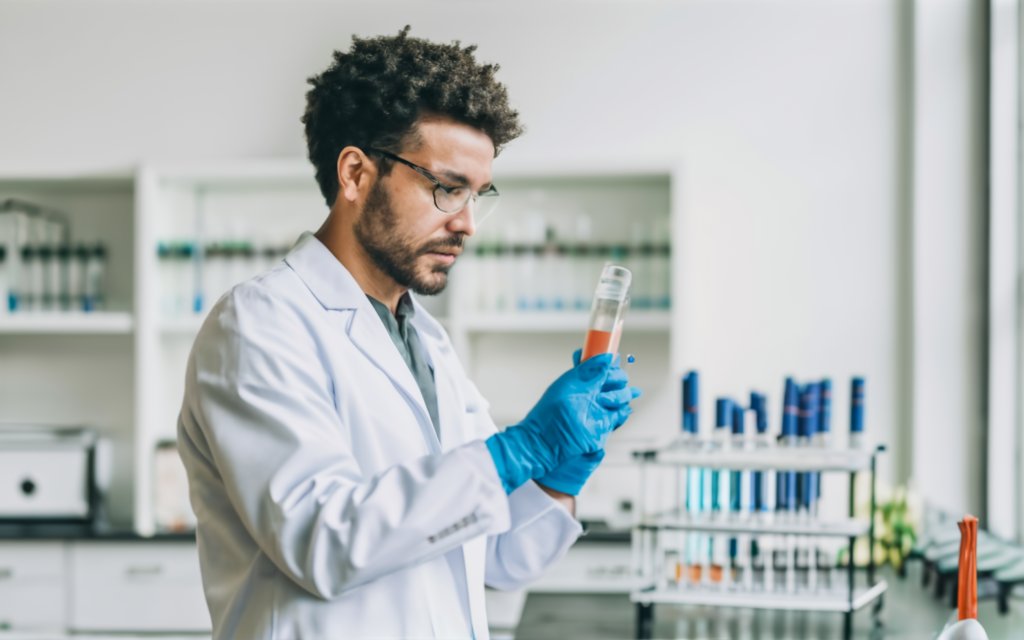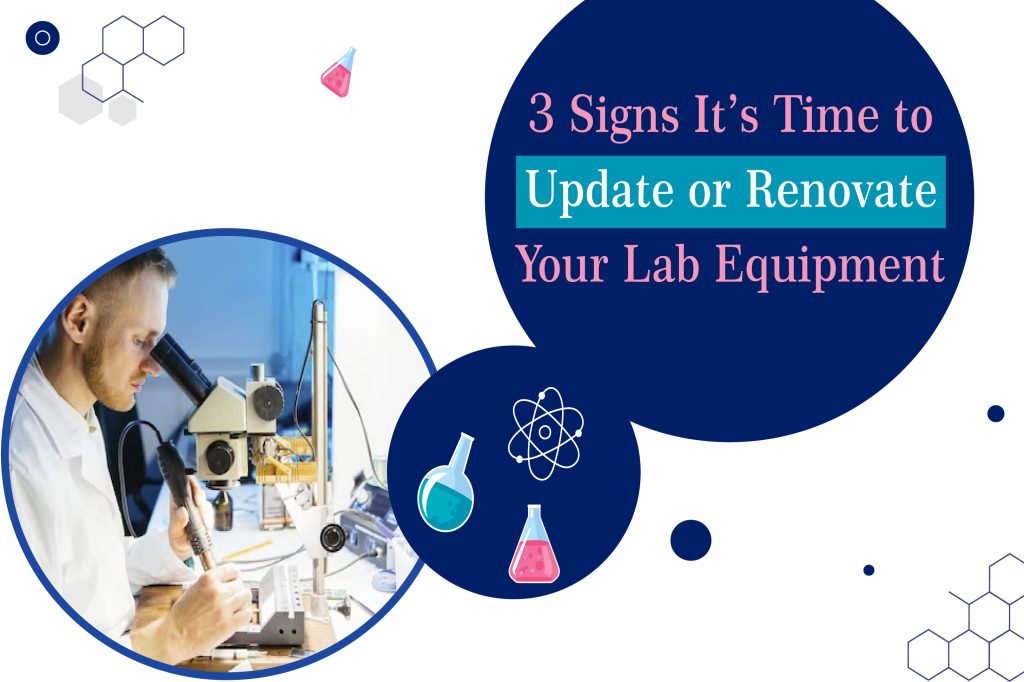Introduction:
Laboratories play a crucial role in scientific research and innovation, and the efficiency of these spaces heavily relies on the functionality and condition of the equipment used. Over time, lab equipment may face wear and tear, potentially compromising safety, productivity, and overall functionality. In this blog post, we will explore three key signs that indicate it may be time to update or renovate your lab equipment.
Safety Issues:
One of the most critical reasons to consider updating your lab equipment is the presence of safety issues. As technology advances, new safety standards and guidelines emerge. Older equipment may not meet the latest safety requirements, putting both researchers and the integrity of experiments at risk. Signs of safety concerns include malfunctioning safety features, outdated emergency response systems, or visible wear on equipment surfaces. Keeping your lab equipment up to date ensures a safer working environment for everyone involved.
Efficiency or Productivity Loss:
Efficiency is paramount in laboratory settings where precision and speed are essential. Outdated or inefficient equipment can lead to productivity loss, hindering the progress of experiments and research projects. Signs that your lab equipment may be affecting efficiency include increased downtime due to frequent breakdowns, longer processing times, or the inability to integrate with newer technologies. Regularly assessing the efficiency of your lab equipment and identifying areas for improvement can help maintain optimal productivity levels.

Aesthetic Wear and Tear:
While aesthetics may seem secondary to functionality, the appearance of your lab equipment can provide valuable insights into its overall condition. Aesthetic wear and tear, such as chipped paint, rust, or damaged control panels, may be indicative of underlying issues that could impact performance. Additionally, maintaining a clean and visually appealing laboratory environment can positively impact the morale of researchers and contribute to a professional image.
Update Your Laboratory:
Once you identify the signs indicating the need for equipment updates or renovations, the next step is to develop a comprehensive plan for the update process. Consider the following steps:
a. Conduct a thorough assessment:
Evaluate each piece of equipment individually, considering safety features, functionality, and overall condition.
b. Prioritize updates:
Identify the most critical updates based on safety concerns, efficiency improvements, and aesthetic considerations.
c. Budget and plan:
Develop a budget for the updates and create a timeline that minimizes disruptions to ongoing research activities.
d. Engage stakeholders:
Keep researchers and lab personnel informed about the updates, and gather input to address specific needs.
e. Stay current with technology:
Invest in equipment that incorporates the latest technologies to ensure long-term relevance and efficiency.
Conclusion:
In conclusion, Renovate Your Lab Equipment keeping your lab equipment up to date is essential for maintaining a safe, efficient, and productive laboratory environment. Regular assessments, timely updates, and strategic planning are key to ensuring that your lab remains at the forefront of scientific research. By addressing safety issues, improving efficiency, and addressing aesthetic wear and tear, you can create a laboratory that fosters innovation and contributes to the success of your research endeavors.


